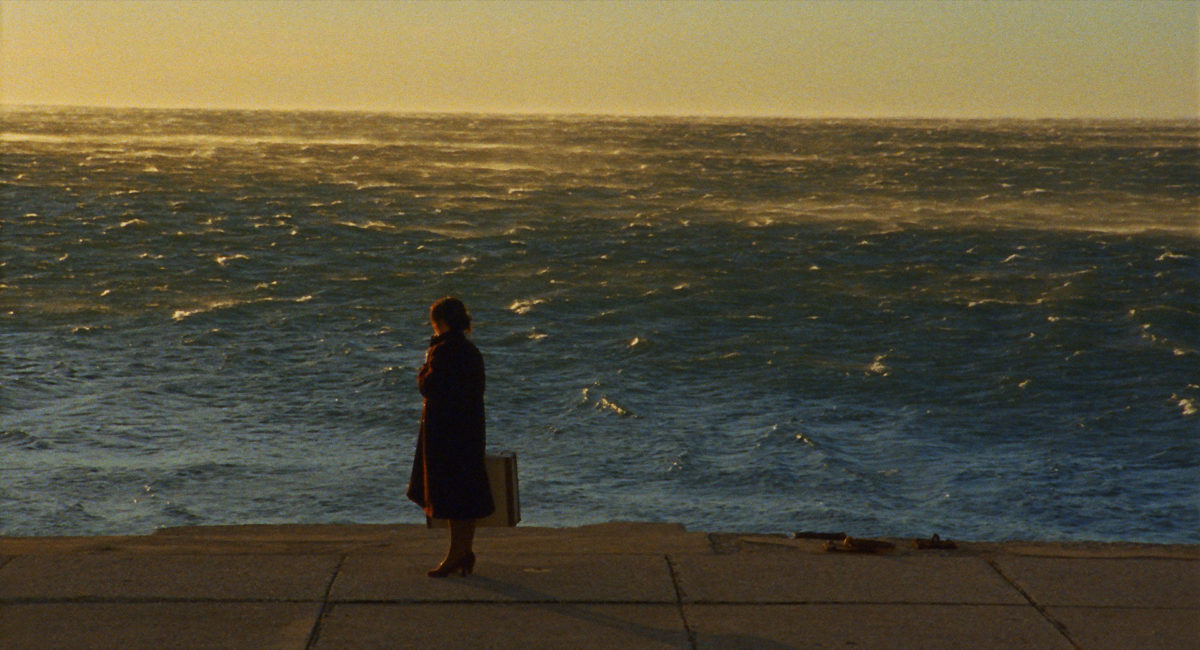Stories from the Chestnut Woods (2019) folds open like an accordion of postcards depicting the lives of a “stingy carpenter” called Mario (Massimo De Francovich); Marta (Ivana Roščić), the “last chestnut seller”; a dying woman; and a lost son. Mario is the thread binding together the stories—set in the 1980s—of these figures that dwell in the chestnut woods on the border between Italy and Slovenia. Shot in beautiful, naturalistic colours, angels, ghosts and fantasy animals appear next to actual living people without anyone making a fuss over it, lending Gregor Božič’s first feature its magic realist character.
Proving himself to be a big fan of overhead shots and of both Dutch-era and impressionist painting—think of Johannes Vermeer-like rooms or Camille Pissaro’s still lifes with less food on the table— Božič inscribes his work into a range of painterly traditions of style and composition. The granularity of the film’s image (shot on both 35mm and Super 16mm) adds to its dreamlike and tumblr-esque quality. The mise en scène of the one-on-one dialogues is often symmetrically aligned, resembling panels from a diptych, or the cut-out pictures you keep in a medallion around your neck. The film is a feast for the eyes, yet the narrative is of a lesser pedigree—try rephrasing what you dreamt last night—rendering it a slightly discoloured collage of recollections.
Memories are at the heart of each of the stories. The camera appears to be following cues from the actors turning their heads towards things in their surroundings, capturing this act of looking that is the sine qua non of visual remembrance. The chestnut woods are a “forgotten place” where fairy-tale features and absurdist intrusions turn memories into what they really are: a mix of fact and fiction, both a way of holding onto people and places and a way to let go of those exact same things.
